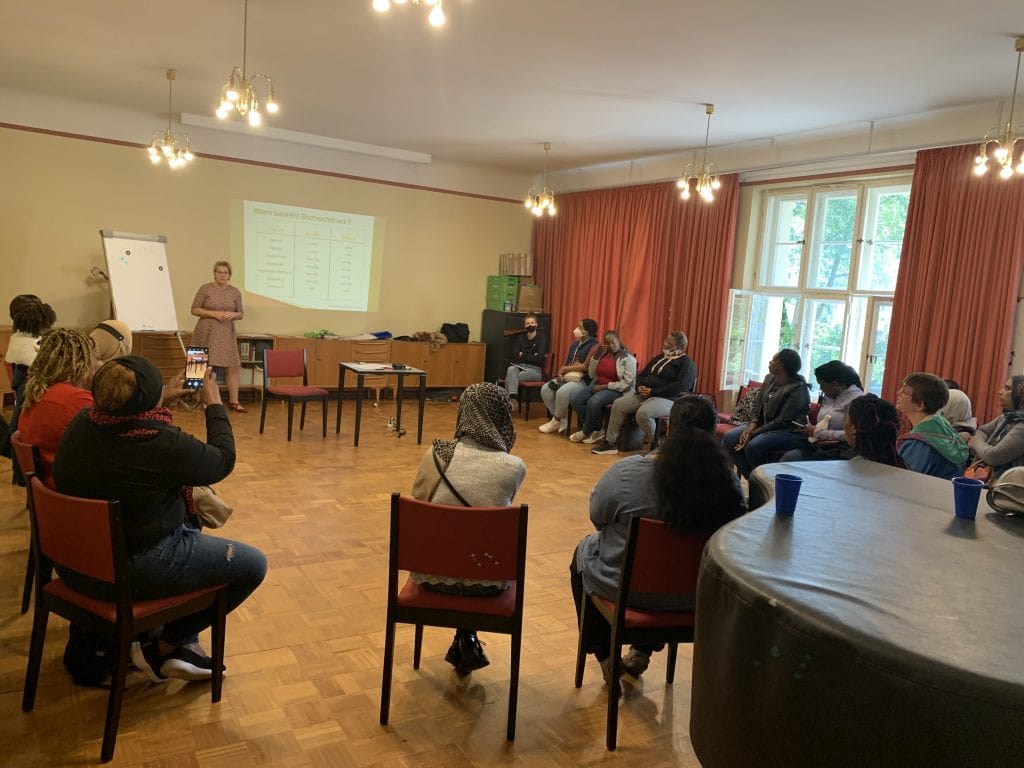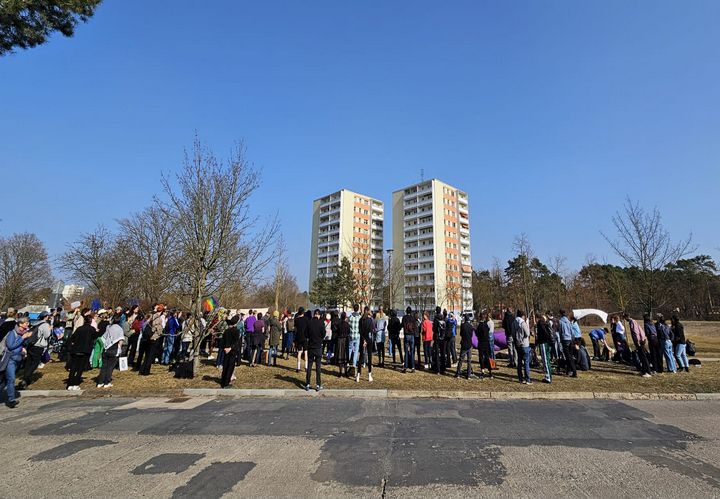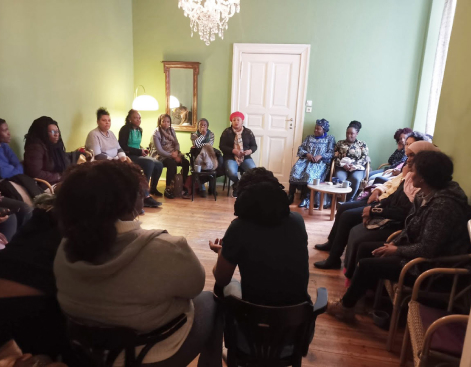The most dangerous consequence of high blood pressure is heart attack. Contrary to the sexist myth, heart attack is not a man’s disease. And because of this myth, heart attack is diagnosed too rarely or late in women, so twice as many women die from it. In general, women are treated later and the symptoms are played down; for men, the reaction is much quicker. There is a study from the USA that found that men are treated in the emergency room after 30 minutes, whereas women have to wait an average of 1:15 hours. The symptoms in women are different – so far there is less research on this and on treatment. Symptoms include stomach and back pain.
High blood pressure affects 10-15% of women in Germany. From the age of 50, one in three women has high blood pressure, and from the age of 60, one in two. Before the menopause, women are protected from it by hormones, after that it rises rapidly. Statistically, people with high blood pressure die 5 years earlier. High blood pressure rarely comes alone and there is a so-called metabolic symptom: high blood pressure + diabetes + obesity + fat metabolism = a deadly quartet that reinforces each other. High blood pressure is often the first of these. Low hypertension is harmless, even if it has more symptoms that are unpleasant. Home remedy is to walk in a cold pool of water. Or take Effortil.
Blood pressure in general: The heart is a pump that pumps 6-7 litres of blood through the body, allowing a continuous, rhythmically changing flow of blood. The upper value is the contracted heart/systole, the lower value is the relaxed heart/diastole. Cholesterol now constricts the veins, so they have to be pumped harder and the increased pressure leads to faster ruptures in the veins where more cholesterol is deposited. In general, high blood pressure is inherited and determined by lifestyle. So we can all become active against it. Everyone should walk 10,000 steps a day and eat a healthy diet. In addition, stress reduction should be worked on. Refugees in particular are under existential pressure from the authorities, which can lead to chronic stress.
Exercises to reduce stress
To get into relaxation, one has to get out of the stressful situation and into action. Directly from stress to relaxation without movement does not work: stress action relaxation
1) Shaking: Animals shake themselves after stressful situations. There has been a lot of research on this and it is now also used in trauma therapy. Shake your whole body for one minute. After a stressful situation at the immigration office, for example, you can go to the toilet and shake out the stress.
2) Right – left exercises: Right elbow on left knee and vice versa. Or tighten left hand into a fist and at the same time tighten right foot, then switch. This also works on the bus after a stressful situation. It is a way of stopping your thoughts and not thinking about anything else except right and left.
3) Progressive muscle relaxation. Tense the muscles and then let go.




